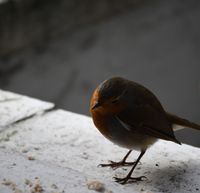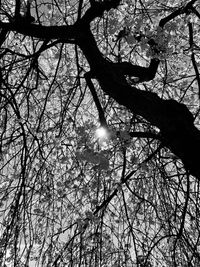What is the exact thing that gives value to photographs?
Photography represents the fleetingness of time, a precise thing that will never be repeated. Yet we might also transcend the medium, photograph as a record, and look at it as art—a composition of colour, contrast, and light—a canvas of the artist's intention. Arguably, photography is the only form of art that combines these two diametrical aspects—something casual, unplanned, and spontaneous—yet profoundly moving and permanent because of artistic intention.
French philosopher Roland Barthes (November 12, 1915 – March 26, 1980) finds the power of photography in the middle of these two extremes. In his last essay collection, Camera Lucida published in 1980, Barthes argues for an unexpected aspect in some photographs that holds our attention, pulls us in, and separates beauty from background. This detail makes the photograph both a record of time and experience and an aesthetic experience.
In this habitually unary space, occasionally (but alas, all too rarely), a "detail" attracts me. I feel that its mere presence changes my reading, that I am looking at a new photograph marked in my mind with a higher value. This "detail" is the punctum. It is not possible to posit a rule of connection between the studium and the punctum (when it happens to be there). It is a matter of a co-presence, that is all one can say. [...] The scene is no longer "posed" according to creative logic; the photo- is doubtless dual, but this duality is the motor of no elopement," as happens in classical discourse. In order to perceive the punctum, no analysis would be of any use to me.
Photography is also ubiquitous and repetitive, especially in contemporary culture, and occurs in such vast numbers that the individual photograph loses power. Photographers are all of us, but not one photograph makes it; it is the promise of another one to come: a feed, a march of creation. And yet, something in specific photos still holds them in our memory. The one shot out of hundreds of the same bird, suddenly, this is the one that we keep and show.
 Bird. I took many rapid shots; I did not realise until the photo that as he swiftly tucked his head, his small body turned into a feathered egg.
Bird. I took many rapid shots; I did not realise until the photo that as he swiftly tucked his head, his small body turned into a feathered egg.Barthes names this punctum the essence of photography as art.
A detail overwhelms the entirety of my reading; it is an intense mutation of my interest, a fulguration. By the mark of something, the photograph is no longer "anything whatever." This something has triggered me, has provoked a tiny shock, a satori, the passage of a void (it is of no importance that its referent is insignificant). A strange thing: the virtuous gesture which seizes upon "docile" photographs (those invested by a simple studium) is an idle gesture (to leaf through, to glance quickly and desultorily, to linger, then to hurry on); on the contrary, the reading of the punctum (of the pricked photograph, so to speak) is at once brief and active. A trick of vocabulary: we say "to develop a
For Barthes, the punctum is the aspect of the picture that makes us look and stare; it is more than artistic intention. In fact, it must not be intentional by the artist, yet it exists because the artist is there and meant to capture the moment.
 Dancing Cherry. The thrust hip on the right makes the tree a dancer rather than merely a human-looking tree.
Dancing Cherry. The thrust hip on the right makes the tree a dancer rather than merely a human-looking tree.Photography is accessible as a function of everyday life, more than any other art form except perhaps song, because the technology of photography is so accessible. We have progressed tremendously from the chemistry and optics that categorised its invention. Today, photography has been morphed into a form of communication, personal marketing, and expression. It has become such a pivotal instinct of our social behaviour that we almost fail to see it as the art it can be. And yet, in photographs, details hold us, punctum our hearts and make us stop, think, and feel. That is the nature of art itself.


